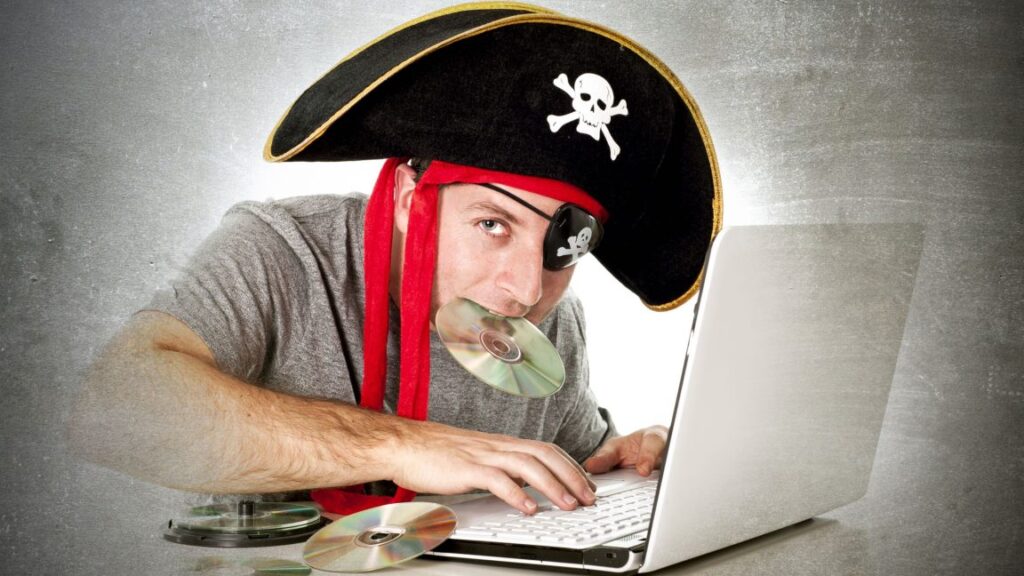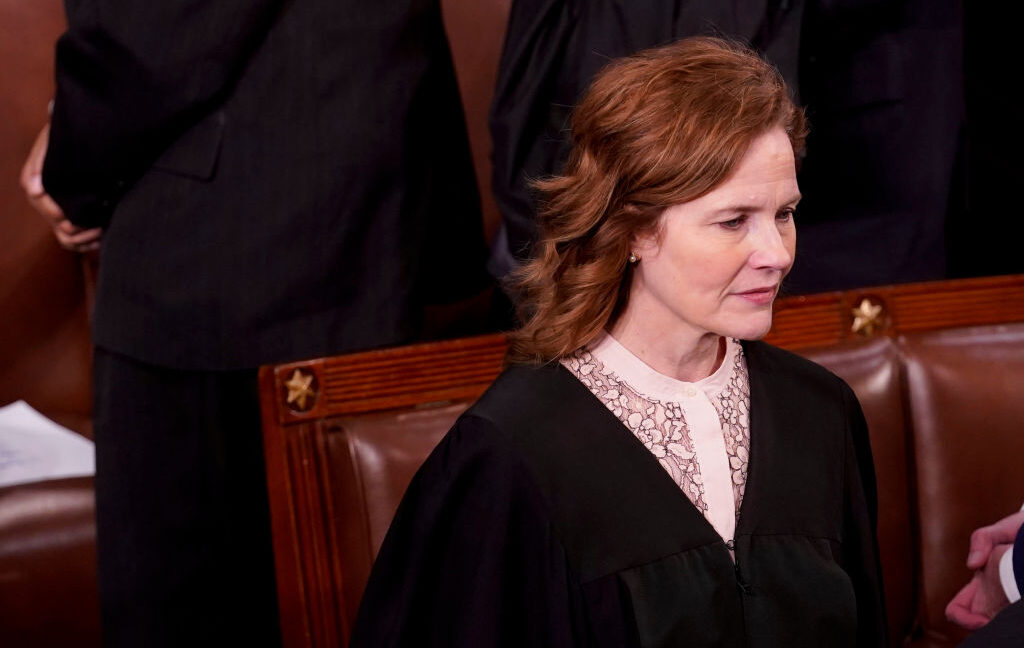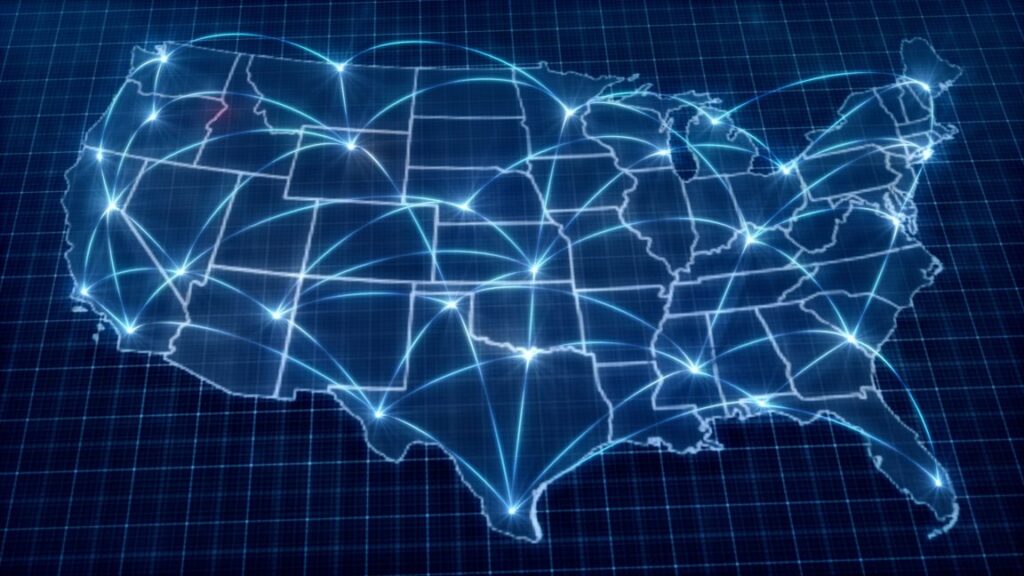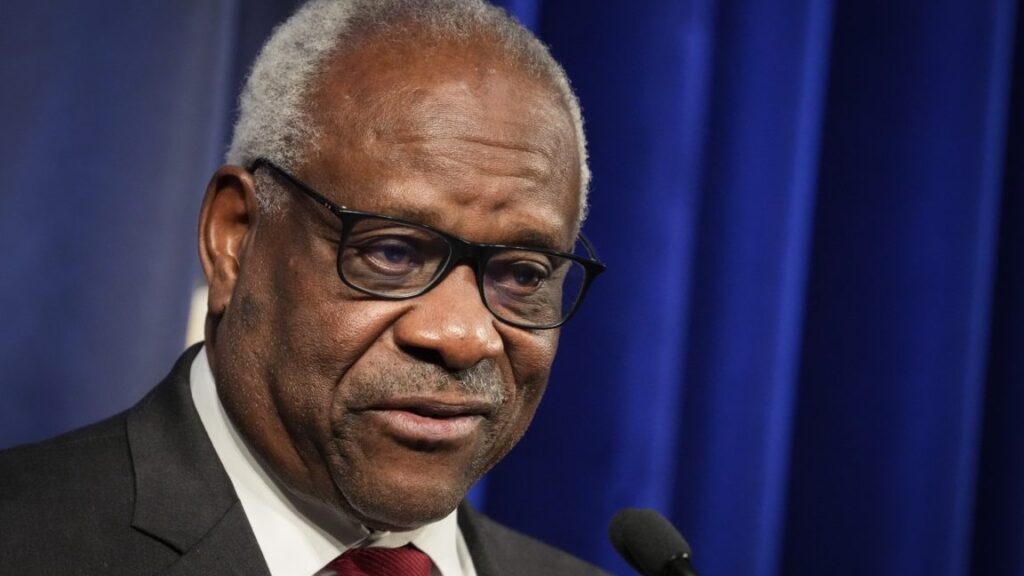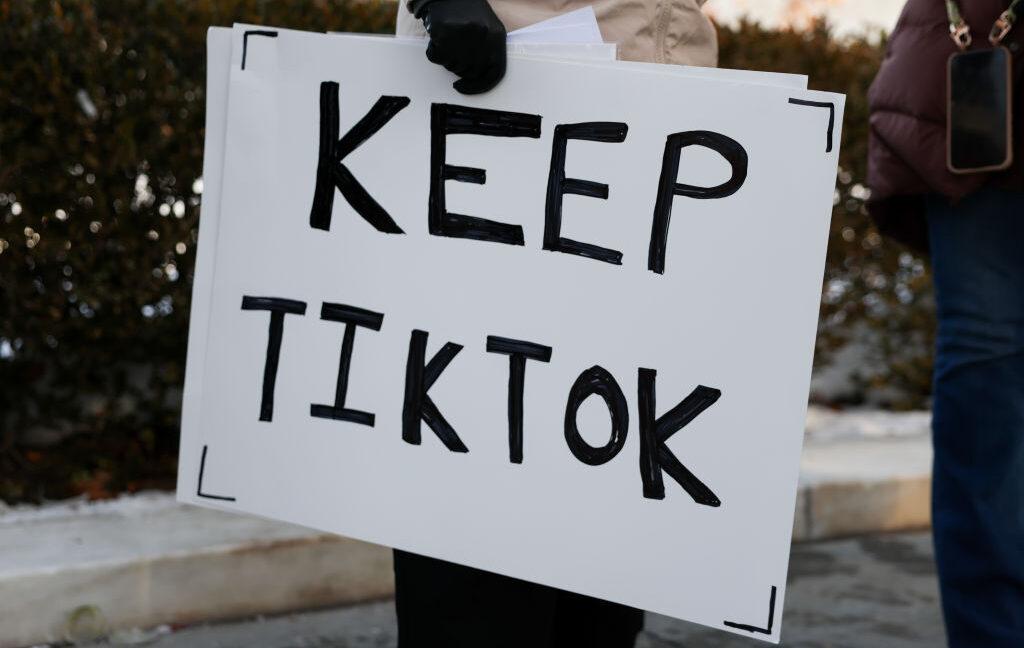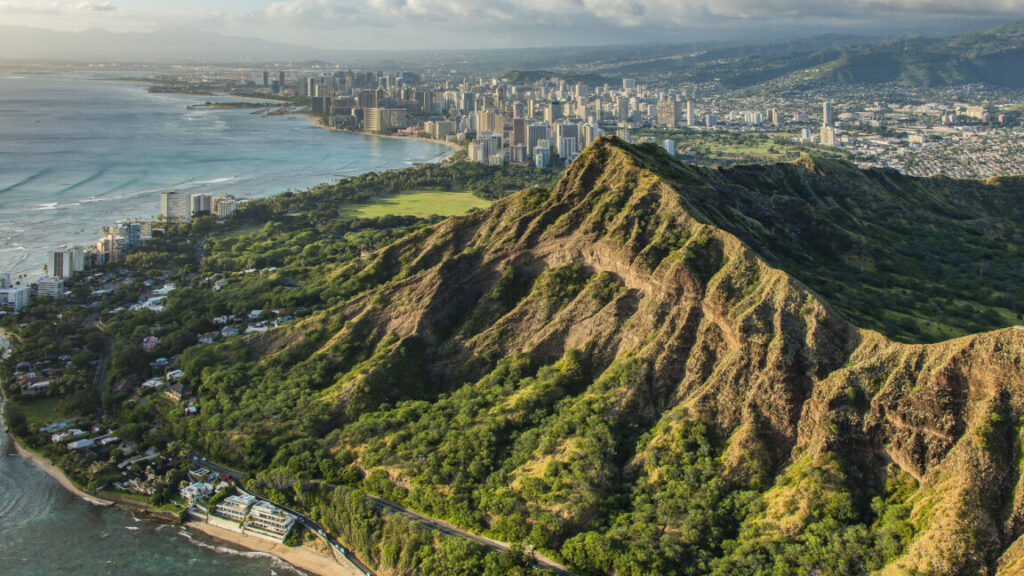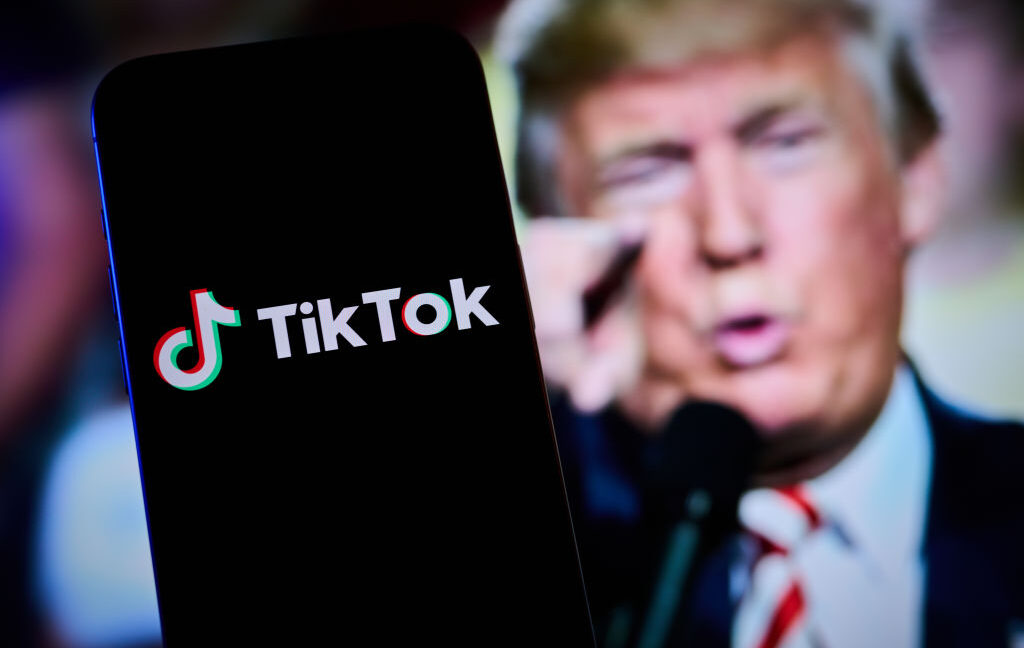Supreme Court appears likely to approve Trump’s firing of FTC Democrat
Justice Samuel Alito suggested that a ruling for Slaughter could open the way for Congress to convert various executive branch agencies into “multi-member commissions with members protected from plenary presidential removal authority.”
“I could go down the list… How about Veterans Affairs? How about Interior? Labor? EPA? Commerce? Education? What am I missing?” Alito said.
“Agriculture,” Justice Neil Gorsuch responded. The official transcript notes that Gorsuch’s response was met with laughter.
Justice Brett Kavanaugh expressed skepticism about the power of independent agencies, saying, “I think broad delegations to unaccountable independent agencies raise enormous constitutional and real-world problems for individual liberty.” He said the court’s approach with “the major questions doctrine over the last several years” has been to “make sure that we are not just being casual about assuming that Congress has delegated major questions of political or economic significance to independent agencies, or to any agencies for that matter.”
Kagan: President would have “uncontrolled, unchecked power”
Unlike the unanimous Humphrey’s Executor, the Slaughter case appears headed for a split ruling between the court’s conservative and liberal justices. Justice Ketanji Brown Jackson said there are “dangers and real-world consequences” of the Trump administration’s position.
“My understanding was that independent agencies exist because Congress has decided that some issues, some matters, some areas should be handled in this way by nonpartisan experts, that Congress is saying that expertise matters with respect to aspects of the economy and transportation and the various independent agencies that we have,” Jackson said. “So having a president come in and fire all the scientists and the doctors and the economists and the Ph.D.s and replacing them with loyalists and people who don’t know anything is actually not in the best interest of the citizens of the United States. This is what I think Congress’s policy decision is when it says that these certain agencies we’re not going to make directly accountable to the president.”
Justice Elena Kagan said there has historically been a “bargain” in which “Congress has given these agencies a lot of work to do that is not traditionally executive work… and they’ve given all of that power to these agencies largely with it in mind that the agencies are not under the control of a single person, of the president, but that, indeed, Congress has a great deal of influence over them too. And if you take away a half of this bargain, you end up with just massive, uncontrolled, unchecked power in the hands of the president.”
Supreme Court appears likely to approve Trump’s firing of FTC Democrat Read More »

